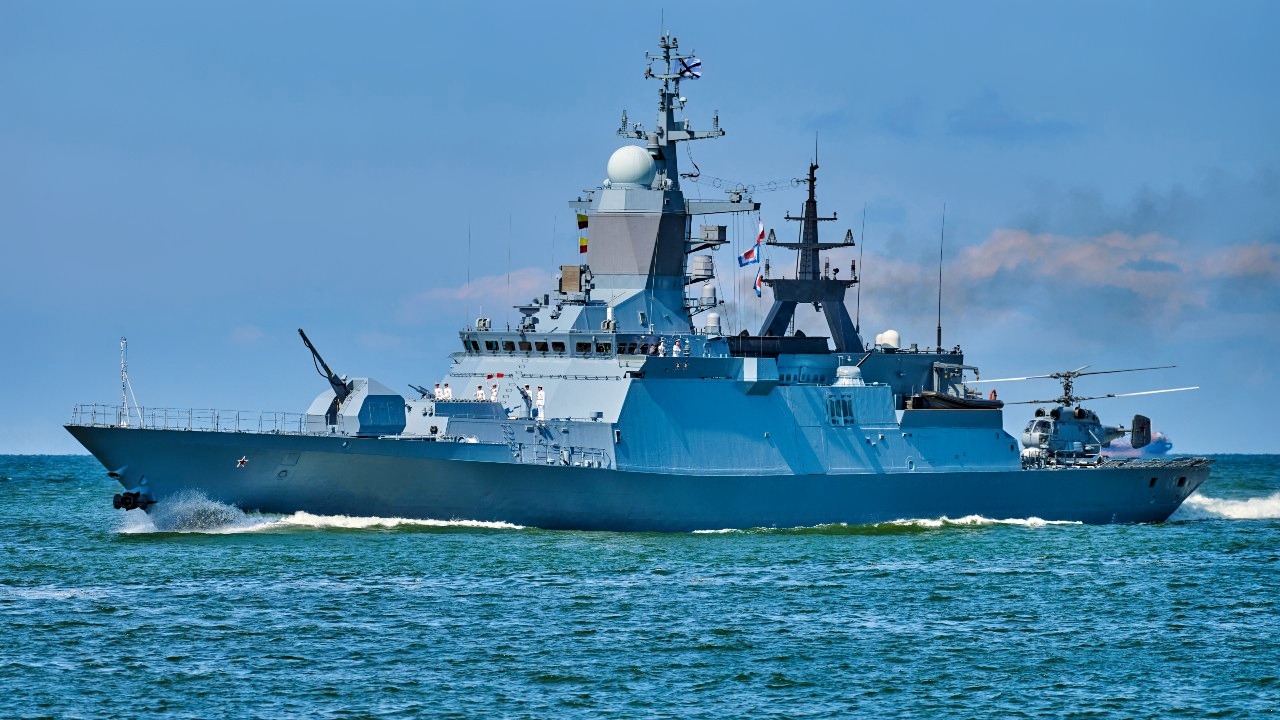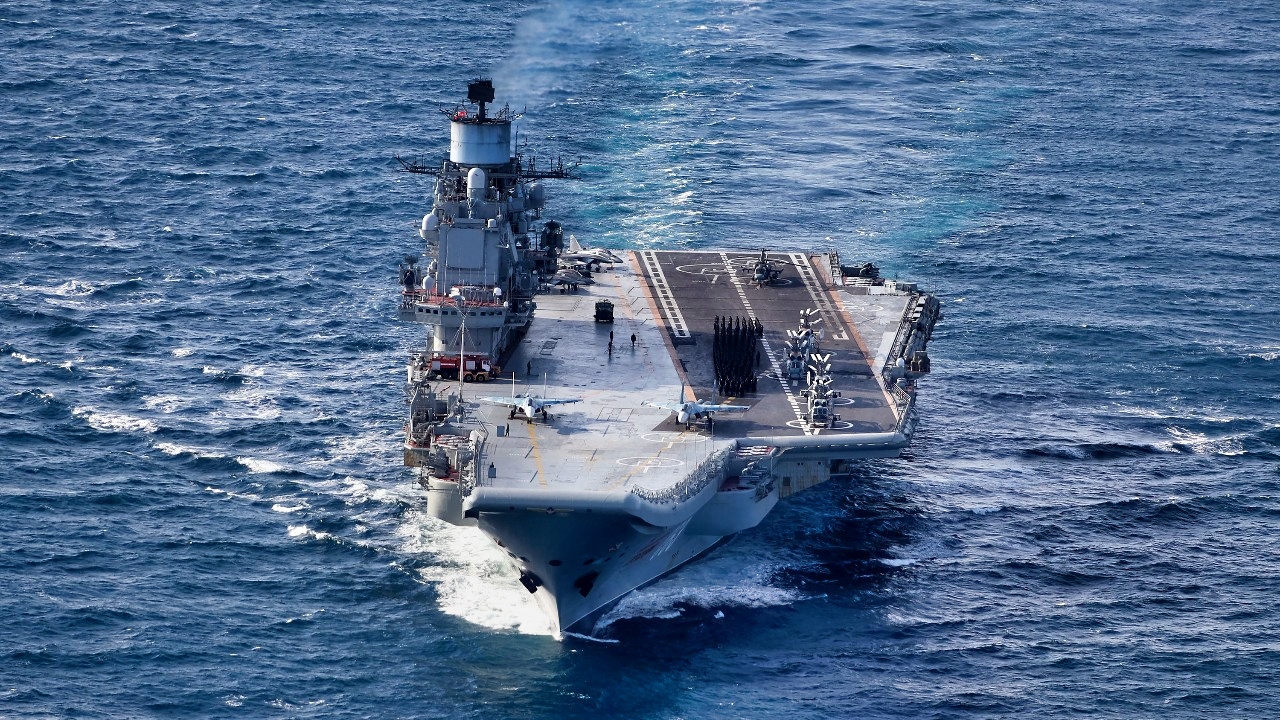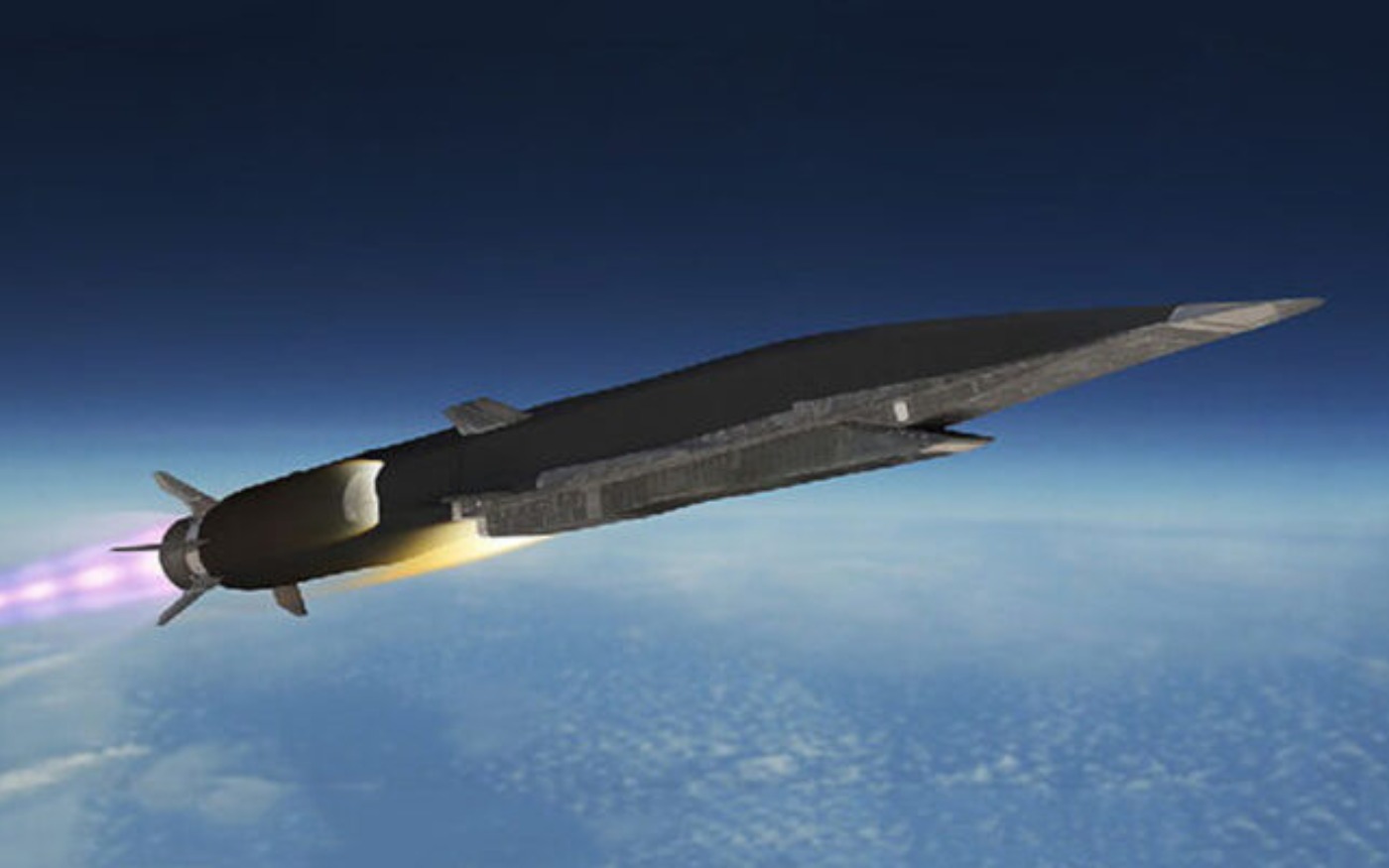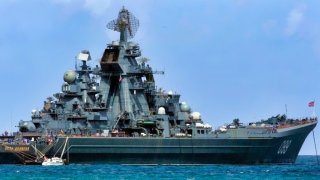Forget Aircraft Carriers or Battlecruisers: Russia Just Deployed its Most Dangerous Warship
The Russian Navy has deployed its advanced Project 22350 frigate, Admiral Golovko, marking a significant addition to its naval capabilities amid upgrades on older vessels.
What You Need to Know: The Russian Navy has deployed its advanced Project 22350 frigate, Admiral Golovko, marking a significant addition to its naval capabilities amid upgrades on older vessels.

-As the first frigate equipped with the Tsirkon hypersonic missile, Admiral Golovko poses a formidable threat with versatile strike capabilities, anti-submarine warfare (ASW) prowess, and advanced missile systems, including Kalibr-NK and Oniks cruise missiles.
-Despite its need for support from the tanker Vyazma during long missions, Golovko demonstrates Russia’s emphasis on maintaining naval presence and projecting power across strategic regions, reinforcing the country’s maritime ambitions in the Atlantic and beyond.
Russia’s Most Dangerous Frigate: Admiral Golovko Heads to the Atlantic
Even as the Russian Navy's flagship aircraft carrier Admiral Kuznetsov and Kirov-class battlecruiser Admiral Nakhimov are both sidelined and undergoing their respective refits, the Kremlin deployed what could be its most dangerous warship this week. Instead of a floating joke like its carrier or an outdated vessel – which truly is the best way to describe a battlecruiser in the 21st century – the Russian Navy's Project 22350 frigate Admiral Golovko is a surface combatant to be feared.

Russian state media outlet Tass reported on Friday that Admiral Golovko – the third Admiral Gorskhkov-class guided-missile frigate, named for Soviet navy Admiral Arseny Grigoryevich Golovko – began its first overseas deployment.
"Today a group of the Northern Fleet's ships has left the Severomorsk roadstead and embarked on its long-distance deployment. The group's ships have set course for the Atlantic Ocean through the designated areas in the Barents Sea. The group comprises the frigate Admiral Golovko carrying long-range precision weapons and the medium sea tanker Vyazma. For the frigate accepted for service with the Russian Navy in December last year, this is the first long-distance deployment," the press office of the Russian Navy's Northern Fleet said in a media statement.
Showing the St. Andrew's Flag
The Kremlin has released the travel route or planned port visits, but over the coming months, Admiral Golovko will take part in a long-distance deployment meant "to demonstrate the Russian flag and ensure Russia's naval presence in operationally important areas of the World Ocean," Tass stated.
The crews of the frigate and tanker have been preparing for this deployment for several months, and in May it carried out surface-to-air missile firing drills and anti-submarine warfare (ASW) exercises in the Barents Sea.
"Over the period of the ship's operation within the Fleet's forces, it has deployed to the sea on numerous occasions and the frigate's equipment and armament have proven their reliability," said Frigate Admiral Golovko Commander, Captain 2nd Rank Andrey Slavin. "The frigate has successfully test-launched all types of armament, including long-range precision missiles. Currently, the crew is ready to accomplish all assigned objectives in full in any areas of the World Ocean."
The vessel was laid down in February 2012, and launched in May 2020, and was the first ship in the class to be equipped with a domestic powerplant, rather than one imported from Ukraine. Admiral Golovko was commissioned into the Russian Navy on December 25, 2023, with Russian President Vladimir Putin in attendance.
Small But Capable Russian Warship
Designated as frigates, the Project 22350 warships displace 5,400 tons under full load and can reach speeds of 29.5 knots. The warships carry a crew of 210 sailors but have an endurance of just 30 days – which is why Admiral Golovko will undertake the globe-trotting journey accompanied by the tanker Vyazma.
Despite the apparent Achilles Heel of having to rely on the tanker, the Admiral Gorskhkov-class guided-missile frigates should still be seen as highly capable warships.

The Project 22350 frigates are designed for multiple roles and are capable of executing long-range strikes, conducting anti-submarine warfare (ASW), and carrying out escort missions of larger vessels. The frigates are armed with Kalibr-NK and Oniks cruise missile systems as their basic strike weaponsand each has sixteen (2 x 8) 3S14 VLS cells.
The VLS cells can also be used to launch the Otvet anti-submarine missile. In addition, the frigates are equipped with thirty-two (4 x 8) Redut VLS cells that can launch the 9M96 and updated versions of surface-to-air missiles. Future vessels will see that number doubled to thirty-two (4 x 8) 3S14 VLS cells, turning the frigates into floating missile trucks.
Other armaments include a pair of Palash close-in weapons systems (CIWS), each with Gryazev-Shipunov GSh-6-30 6 barrel 30mm rotary cannons; and 2 x 4 330mm torpedo tubes for the Paket-NK anti-torpedo/anti-submarine torpedoes.
In addition, Admiral Golovko is the first frigate of the class to be armed with the Tsirkon (Zircon) hypersonic missile. That could make it a fearsome adversary, and one that should be taken seriously.
Author Experience and Expertise: Peter Suciu
Peter Suciu is a Michigan-based writer. He has contributed to more than four dozen magazines, newspapers, and websites with over 3,200 published pieces over a twenty-year career in journalism. He regularly writes about military hardware, firearms history, cybersecurity, politics, and international affairs. Peter is also a Contributing Writer for Forbes and Clearance Jobs. You can follow him on Twitter: @PeterSuciu. You can email the author: [email protected].
Image Credit: Creative Commons and/or Shutterstock.


